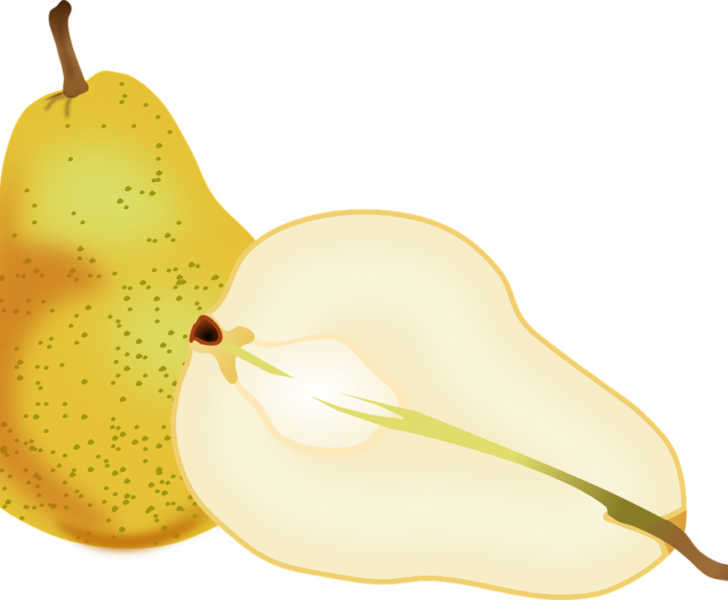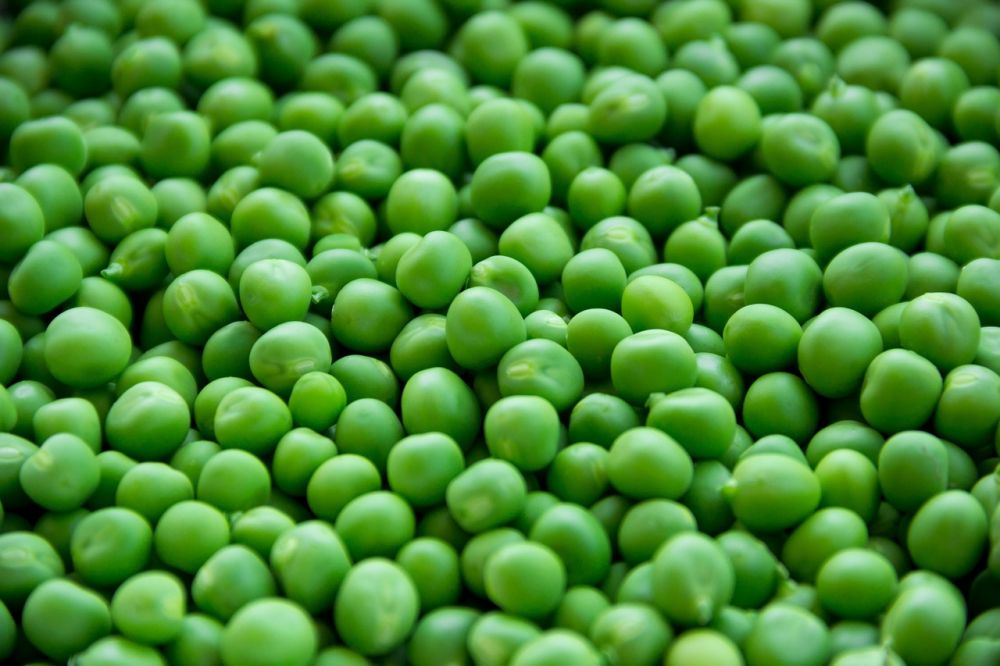Raw Food Diet: A Comprehensive Guide to the Popular Health Trend

Introduction:
The Raw Food Diet has gained immense popularity in recent years, thanks to its promise of promoting good health and weight loss. In this article, we will provide a detailed overview of the Raw Food Diet, explore its different types, discuss the quantitative measurements associated with it, compare different variations, and delve into its historical pros and cons.
1. An in-depth overview of the Raw Food Diet:

The Raw Food Diet, also known as the Raw Foodism, is a dietary lifestyle that emphasizes consuming foods that haven’t been processed, cooked, or heated above 118F (48C). The philosophy behind this diet is that cooking and processing food can destroy essential nutrients and enzymes, leading to suboptimal health. By consuming raw fruits, vegetables, nuts, seeds, and sprouted grains, followers of this diet believe that they can attain improved vitality and overall well-being.
2. Comprehensive presentation of Raw Food Diet types:
a) Raw Vegan Diet:
– This variation excludes all animal products, including dairy, eggs, and honey.
– It primarily consists of fruits, vegetables, nuts, seeds, sprouted grains, and legumes.
– Popular raw vegan dishes include zucchini noodles, raw veggie wraps, and green smoothies.
b) Raw Vegetarian Diet:
– Similar to the raw vegan diet, but allows for the inclusion of raw dairy products and honey.
– Raw cheese, yogurt, and unpasteurized milk are common in this diet.
c) Raw Paleo Diet:
– This version incorporates raw animal products such as raw eggs, raw meat, and raw fish.
– It follows the principles of the Paleolithic diet, focusing on foods that our ancestors ate.
3. Quantitative measurements of the Raw Food Diet:
The raw food diet does not necessarily require specific quantitative measurements like counting calories or portion control. However, some followers may track the ratio of raw to cooked foods they consume. For example, adhering to an 80/20 approach, where 80% of the diet consists of raw food and 20% cooked, is a common guideline.
4. Discussion on the differences between various Raw Food Diet types:
While all variations of the Raw Food Diet share the common principle of consuming raw, unprocessed foods, there are notable differences between them.
– Raw Vegan vs. Raw Vegetarian: The key distinction lies in the exclusion or inclusion of animal products, making the raw vegan diet more restrictive.
– Raw Vegan vs. Raw Paleo: Raw Paleo allows for the consumption of raw animal products, while raw vegan excludes all animal products.
5. Historical overview of pros and cons of Raw Food Diet:
a) Pros of Raw Food Diet:
– Increased nutrient intake: Raw foods are often nutrient-dense, providing ample vitamins, minerals, and enzymes that are lost through cooking.
– Weight loss: Raw food diets are naturally low in calories and high in fiber, which can support weight loss efforts.
– Improved digestion: The high fiber content in raw foods can promote healthy digestion and relieve digestive issues.
b) Cons of Raw Food Diet:
– Nutritional deficiencies: Following a strict raw food diet may lead to potential deficiencies in certain nutrients, such as vitamin B12, iron, and omega-3 fatty acids.
– Digestive challenges: Raw foods can be harder to digest for some individuals, potentially leading to bloating and discomfort.
– Meal preparation: Adhering to a raw food diet may require more time and effort to prepare meals, especially considering the limited options for cooking.
[INSERT VIDEO HERE: A short informative video on the benefits of the Raw Food Diet]
Conclusion:
The Raw Food Diet offers a unique approach to nutrition, focusing on the consumption of unprocessed, uncooked foods. It has gained popularity due to its potential health benefits, such as increased nutrient intake and weight loss. However, it is important to consider the potential risks and nutritional deficiencies associated with this diet. As with any dietary lifestyle, consulting with a healthcare professional is advised before making significant changes to your eating habits.











